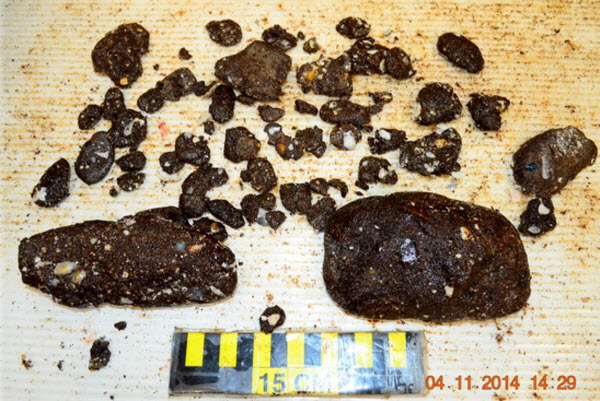http://www.cbsnews.com/news/four-years-after-devastating-bp-oil-spill-scientists-search-for-life-in-the-gulf/
CBS Evening News
By CHIP REID CBS NEWS April 17, 2014, 7:11 PM
It happened four years ago Sunday.
A well drilled by the BP oil company blew out, killing 11 workers on the Deepwater Horizon rig and unleashing a gusher into the Gulf of Mexico for 87 days.
Now for the first time since 2010, scientists got a close look at the seabed not far from the capped well.
Fifty miles off the coast of Louisiana we climbed aboard the research vessel Atlantis.
This is where we found Mandy Joye, a University of Georgia oceanographer and the leader of this expedition. She’s been studying the Gulf of Mexico for 20 years.
“People who have never seen the bottom of the ocean can’t appreciate how just phenomenal it is,” Joye said.
Joye and her team of 22 scientists are spending this month diving to the Gulf floor in a Navy research submarine named Alvin. They want to know how the bottom is doing four years after the oil spill.
The answer is a mile down, a two-hour descent into darkness.
“We are on the bottom at 1,607 meters,” Joye can be heard saying.
Alvin landed just two miles from the well that spewed 210 million gallons of oil into the Gulf.
This is the first time Joye – or any human – has been down here since 2010.
What kind of marine life did she find down there four years ago?
“Four years ago there was nothing,” she said. “I saw one crab in an eight-hour dive. It was gut-wrenching to go down there and see just nothing on the sea floor. ”
And now?
“It’s very different,” Joye said. “Now, we saw eels and skates and a vampire squid, which I’d never seen before.
What does it mean to find a vampire squid in an area that had been dead?
“It means there’s a lot of food,” she said.
That was the good news.
But there was potential bad news in sediment samples collected from the sea floor. The mud contains an oily layer from the spill, and Joye worries the residue could adversely affect marine life in the longer term.
“This material that’s on the sea floor, there’s a lot of it,” she said. “It’s widespread. And it’s just sort of sitting there. And nothing’s happening to it.”
What does it mean to see that life is at least beginning to come back after the devastating oil spill?
“I was prepared to see little recovery and I was so relieved,” Joye said.
But there’s still a long way to go, she said.
“Because, again, this is one spot,” she said. “And you can’t apply what you see at one spot to the entire system.”
Joye and her team plan to keep a close watch on the Gulf with four or five research cruises a year. She said it could be a decade before the full impact of the oil spill is known.
_________________________Special thanks to Richard Charter

